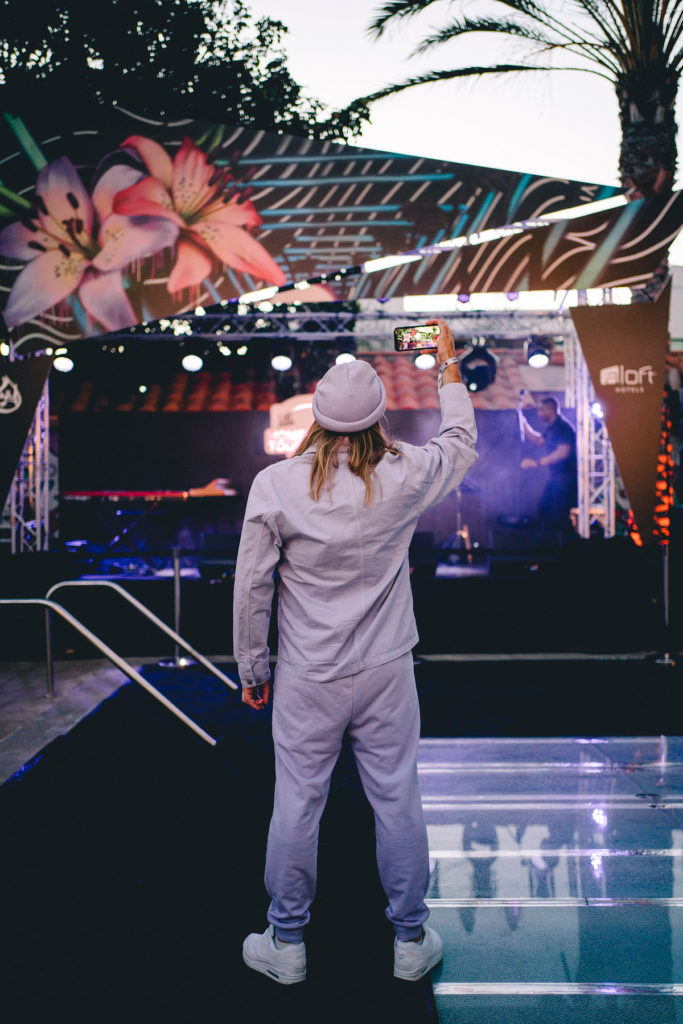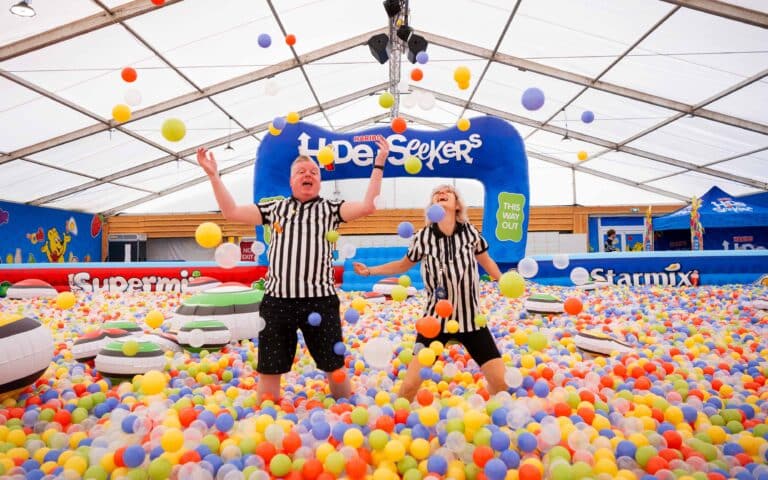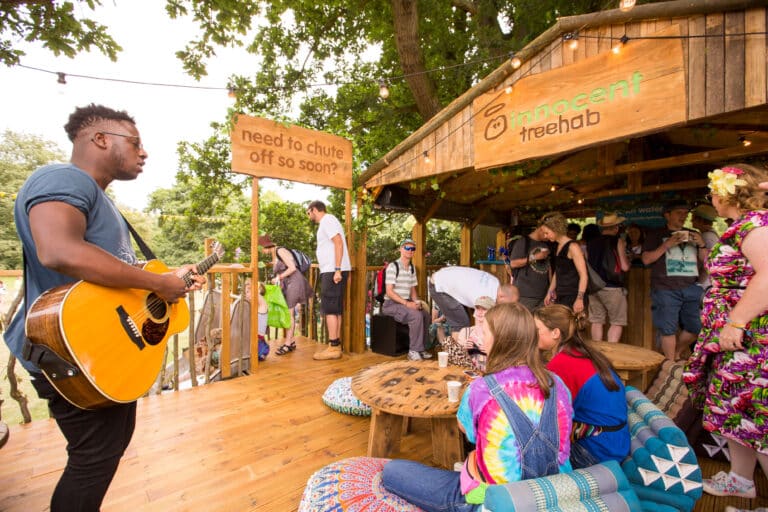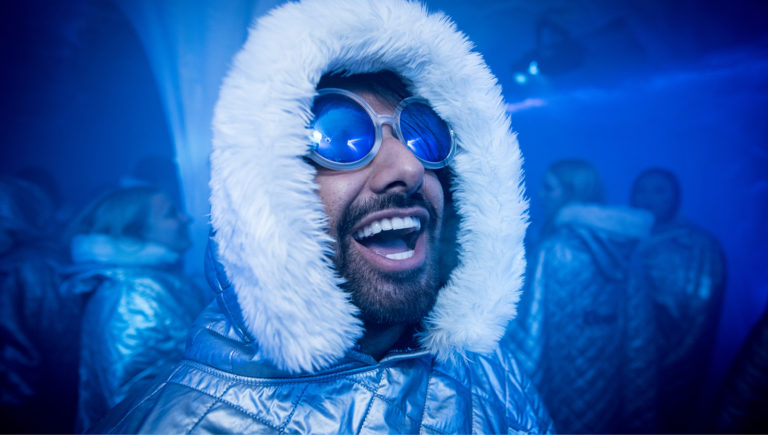Experiential marketing – an introduction and our philosophy

Experiential marketing has evolved hugely over the last decade and is consistently proven to be one of the most powerful forms of brand marketing.
Once a technique mainly only used by CPG / FMCG brands, forms of live experience marketing are now common place in supporting the communication and sales strategies of brands, products and services spanning a wide range of industries from public to private sector, finance, professional services, automative, entertainment and gaming to e-commerce and retail.
What is experiential marketing?
Experiential marketing is called many different things. Live marketing, face to face, brand engagement, brand experience events, brand activation – the list goes on. But essentially, it’s best described as any form marketing targeting specific end users that brings the proposition of a brand, product or service to life, through forms of live, interactive, physical experience.
Our approach at Sense has always been what we call ‘format free’ – rather than restricting experiences to a pre-determined list of activation ‘types’, we believe there are endless possibilities for what an activity looks like, where it takes place and how it works.
Having said this, the most common types of projects that people associate with experiential marketing are things like roadshows, live events, sampling campaigns, pop-up shops and other pop up destinations, in-store ‘retail-tainment’, live stunts and forms of guerilla, ambush or stealth marketing.
The evolution of experiential
Experiential has evolved with increasing amounts of investment on a global level for a multitude of reasons – two fundamental ones being:
- Studies show that the act of engaging customers (or consumers) on an emotional level, has a long lasting impact on an audiences relationship with a brand. Experiences make us feel closer to the brand, make brands more relevant to us and impact our beliefs and feelings towards a brand.
- Experiences can also serve a functional purpose of impacting our behaviour – e.g. buying a brand for the first time (trial by purchase), or upweighting someone’s spend (making them buy more regularly). The sizeable shifts in consumer behaviour again can be attributed to the quality of the interaction – it’s immediate impact through being disruptive and how much more memorable experiences are, versus other forms of advertising or marketing.
Two decades of creating experiences for brands
At Sense we have been creating experiences (or Making Brands Brighter as we like to say) for almost two decades. We’ve worked with large global corporates, to small start-ups and scale ups in both the business to consumer (B2C) and business to business (B2B) sectors. We believe it’s our strategic, insight lead approach, our best-in-class expertise in delivery and our capabilities in measurement and evaluation that keep us at the forefront of the industry.
There are 4 key considerations when planning any campaign, that we believe are fundamental to maximising the success of any campaign – whether objectives are about brand awareness, sales, or both.
- Amplification – in today’s omni-channel, digital world, live experiences have the potential to reach a huge secondary (or indirect) audience through earned and owned media. Our creative approach is always to consider how we might amplify experiences online through digital and social channels.
- Creative Integration – critical in advertising and marketing to maximise results. Brand experience campaigns should share the same look, feel, personality and core identity of other above the line or lead creative communication. Therefore, we strictly adhere to brand guidelines, interrogating and understanding a brands positioning, personality, tone of voice and creative style guidelines.
- Reach vs experience – the oldest debate in the industry! Campaigns that interact with the largest audience in real life might not necessarily be the most effective. Depth and quality of the experience is the key debate here. The widest reaching campaigns are often the more functional ones – involving more basic ‘in real life’ experiences. Experiences with smaller reach can be far richer, with more involved, memorable interactions (we with impact of these being long lasting).
- Measurement – it’s a common myth experiential is hard to measure. Over a decade ago Sense developed EMR (Experiential Measurement and Research) – our proprietary tool for measuring the effectiveness of experiential in the form of awareness, perception change, growth in sales, or a combination. Our approach is always to interrogate the KPI’s (key performance indicators) which lie behind the ambition for a campaign. We then create bespoke research methodologies to unlock the full ROI (return on investment) or ROE (return on experience).
In a post-pandemic world, research studies have shown that consumers, globally, are craving real life/ real-world experiences more than ever, as we constantly seek interactions with brands that stimulate our senses. These interactions fuel our sense of fun, curiosity and intrigue through entertainment, exploration and discovery.


